The Choice of Color Is Subjective... Or Is It?
When a business chooses a color for its logo and branding, is it merely subjective? Or does more thought go into the selection? You might be surprised to find there's a whole school of psychology surrounding color. Certain colors evoke certain reactions in us. These reactions may vary by gender, age, maturity and so on.
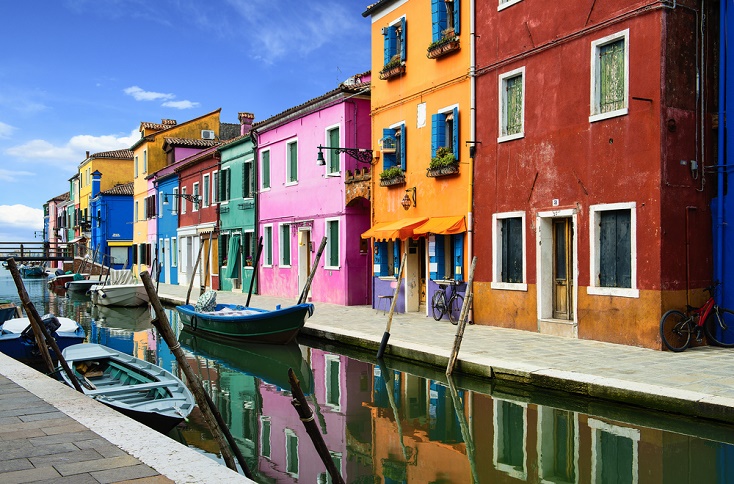
.png)
by Darcy Grabenstein, APR, ABC
Most of us have a favorite color. And, if you were asked why it's your favorite, you might be hard-pressed to answer. It just is. My favorite color is sea green. If I think about it, I'd have to say it's my favorite because it reminds me of the sea-green water on the beaches of my childhood in the Florida panhandle.
But when a business chooses a color for its logo and branding, is it merely subjective? Or does more thought go into the selection?
You might be surprised to find there's a whole school of psychology surrounding color. Certain colors evoke certain reactions in us. These reactions may vary by gender, age, maturity and so on. The following graphic, from an in-depth article titled "What color should your logo be?" from 99 Designs, shows how brand personality traits correspond to specific colors.
Based on the diagram above, it should come as no surprise that red is a popular color for logos. It's loud, playful, modern and youthful. Take a look at a few of the most familiar ones:

Brands are very protective of their logos and style (and rightly so), which is why most brands will issue graphic guidelines. These guidelines usually include a palette of acceptable colors for use when promoting the brand, fonts and logo treatments. A good example of brand guidelines is that of Ben & Jerry's. With a heavy focus on the online presence, the guide includes navigational schemas, layouts, patterns, CSS, imagery, icons, colors and more.
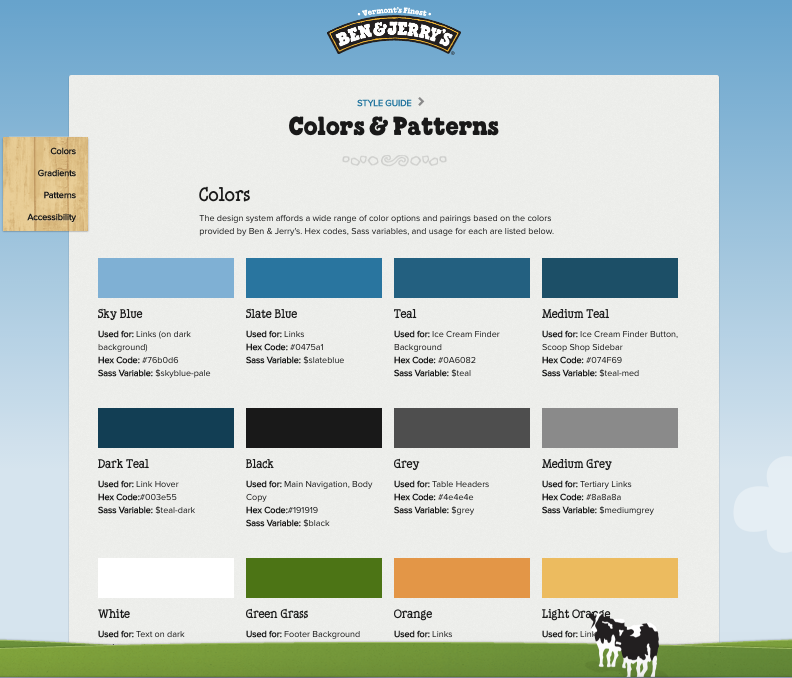
Companies that are in the business of color, such as Pantone, lead the way for color trends. Pantone recently reported its autumn/winter color report for 2017-18. And the results are: Lemon zest will be key, white holds its own, coral will be a player and celadon will be popular, for starters.
Another company in the color industry, PPG Paints, has named Violet Verbena the 2017 Color of the Year:
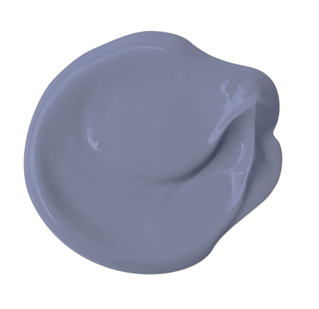
So how does this impact your business? When it comes to your logo, not much. However, product-based companies will want to incorporate these colors into their lines to boost sales. This can include everything from fashion to makeup to home decor.
While your logo may withstand annual and seasonal color fads, remember that a logo isn't set in stone. See how these logos have morphed over time:
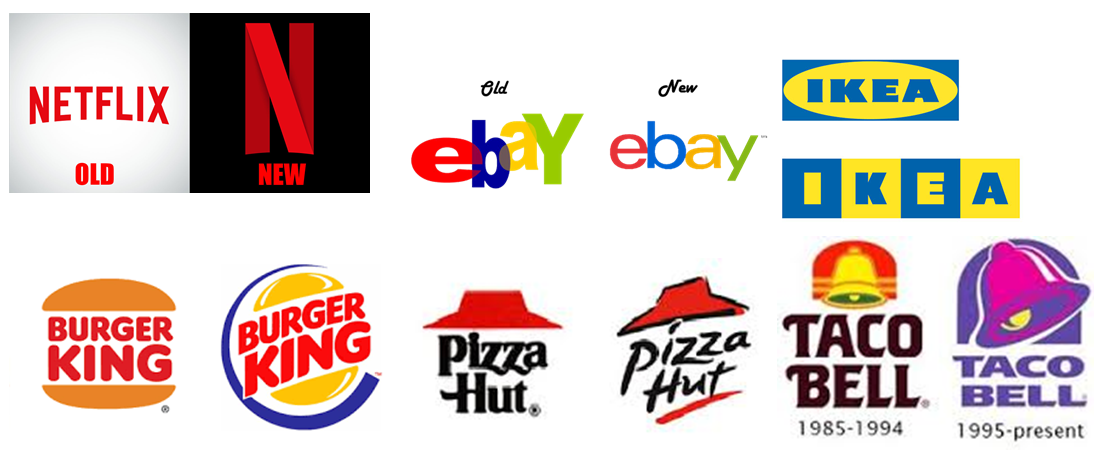
Whatever you do, here's a word of warning to those with a global client base. A color popular in the Western world might just be offensive to people in other countries/cultures. While black is associated with mourning here in the U.S., in China it's white that's associated with death and dying. In France, yellow symbolizes betrayal.
If you're unsure what color to go with, you might want to consider holding focus groups to see consumer reaction to proposed logo designs and colors. Or, take a sampling of your customer demographic and conduct an online survey to gauge consumer opinion.
It pays to do your research up front; you may be stuck with your logo for a very long time. The decision to change a logo should not be taken lightly. It's an expensive proposition, because everywhere the logo appears it must be changed. We're talking websites, printed materials, company uniforms, signage, vehicles, ads and more. 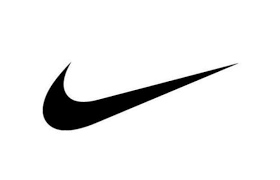
Whether you're creating a logo from scratch or redesigning your logo, hire a professional. It will be well worth the investment in the long run. And while your logo may never reach the heights of some national brands, you want a logo that will stand the test of time, regardless of color.